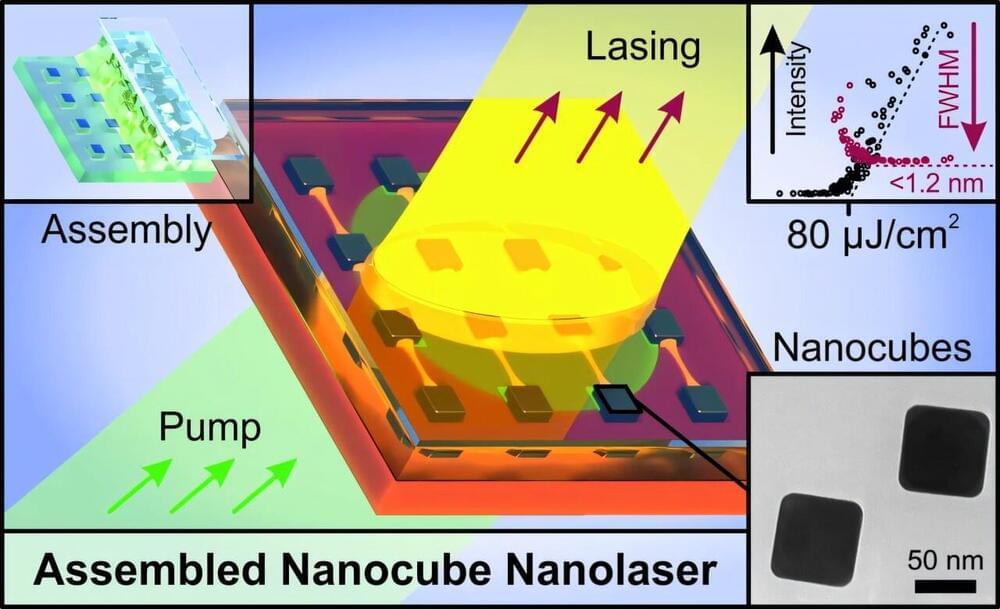Just as the metaverse industry finally began its breakthrough, ChatGPT’s launch in November 2022 proved a technological avalanche. Amid post-pandemic economic pressures, companies pivoted away from metaverse aspirations to AI adoption, seeking immediate returns through automation and virtualization.
Apple’s 2023 entry into the space with Vision Pro VR headset has similarly faced challenges. At $3,499, with limited content and a sparse developer ecosystem, Apple struggles to find its market. Early projections suggest initial production runs of fewer than 400,000 units.
What if we’ve been looking for the metaverse in the wrong places? While Meta, HTC and Sony have so far struggled to establish their vision of a VR-first digital world, gaming platforms like Roblox quietly built what might be the actual metaverse.








